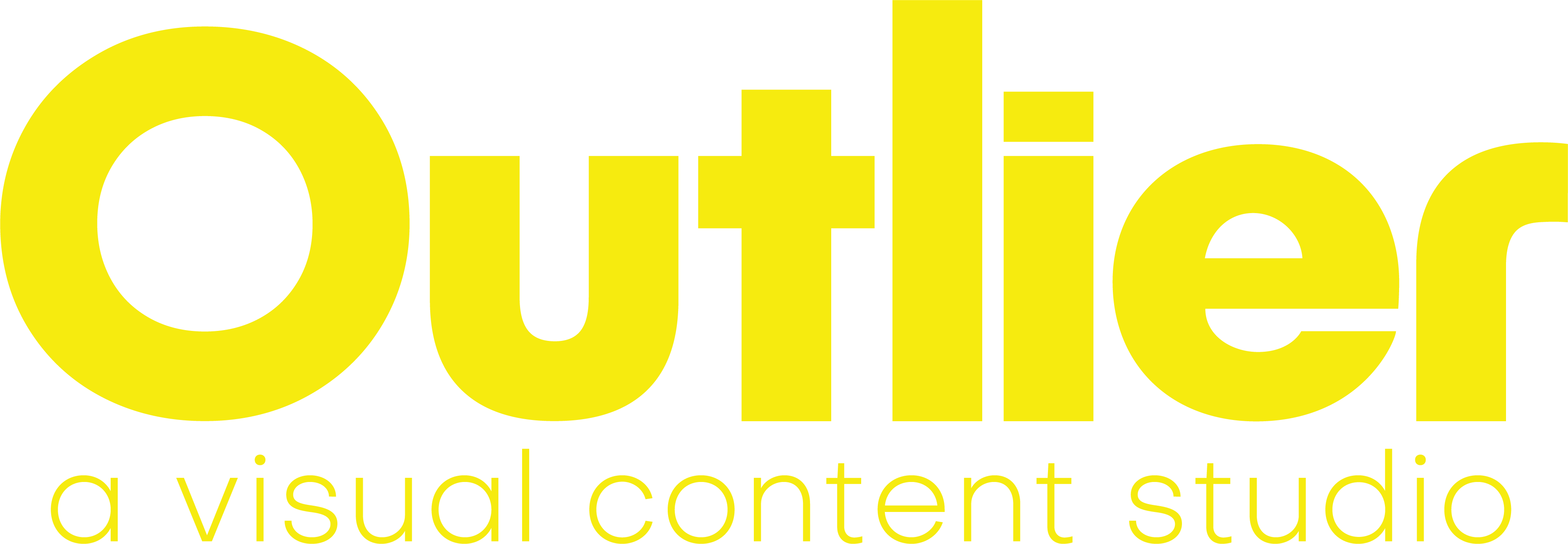Strong leadership is crucial for a successful and profitable business. Everyone knows this, and everyone preaches it. But do these claims reflect reality?
- 58% of managers claim they have received no management training (CareerBuilder).
- 58% of employees say they trust strangers more than their boss (Harvard Business Review).
- According to Gallup, as many as 70% of workers aren’t engaged at work.
I could go on with these shocking-not-so-shocking statistics that paint a rather unenthusiastic portrait of corporate America, but the bottom line is that most workplaces are lacking in some major ways.
If you’re looking to connect with your teams, increase employee productivity and create greater job satisfaction across your organization, here are some simple places you can start:
- Show Recognition. According to a global study by O.C. Tanner Learning Group, 79% of employees quit their job because they don’t feel appreciated. Since turnover is one of the largest uncalculated expenses in corporate America, that’s sort of a big deal.
- Inform employees about the company’s goals, culture, and values. Only 40% of employees actually know their company’s goals, strategies, and tactics. Just 41% strongly agree that they know their company’s values (Gallup). That’s pretty shocking, considering any company that wants to see its values reflected and goals achieved needs to have the support of employees.
- Train. Training can be an important part of your employee engagement program, useful for on-boarding and fostering new leadership alike (remember the 58% of managers who have no leadership training?)
How do you accomplish all this? Well, here at Outlier it’s no secret that we love video. While only one component of a strong internal communication strategy, video has the power to engage your employees like nothing else. It’s versatile enough to be used in almost all applications – from company culture and initiatives to training.
Your employees, and people in general, are much more likely to watch a series of short videos than read a memo. Video also has that magical ability to show instead of tell which can help with comprehension and retention. Another benefit of video is that there are multiple channels and ways to share it (think email, website, social platform, internal messaging boards, before or after an event, etc).
Most businesses recognize the power of video for connecting with consumers. Now think if that same engagement, brand awareness, and feel goods were apparent in your internal culture. Think about how that could improve your sales, quarterly reports, or help you achieve your operational goals.
If you want your leadership to cut through the clutter and reach its full potential, then we have a question for you: What goals will better communication help you achieve?
We would love to know.

